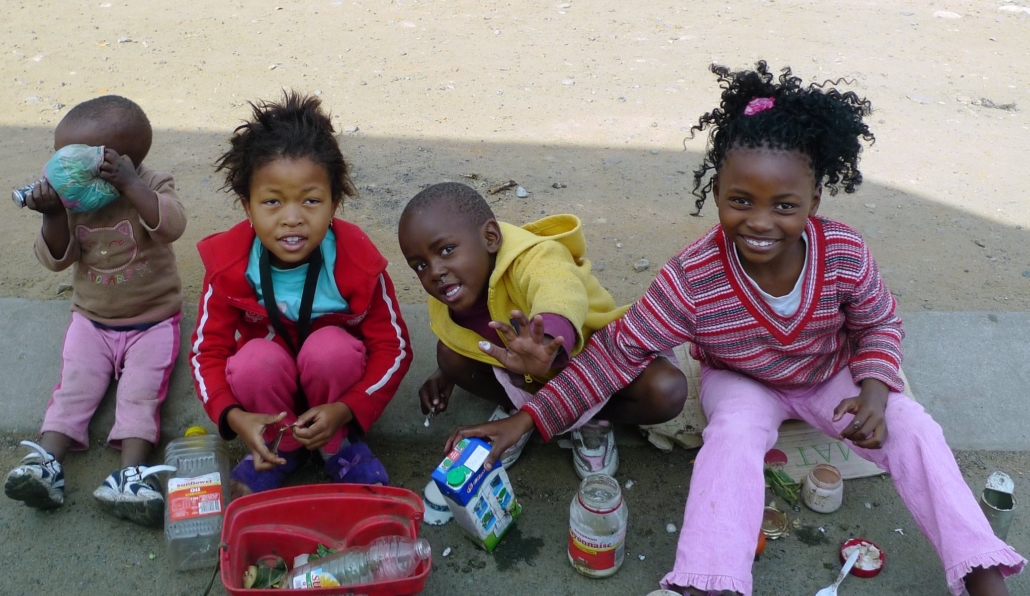3 Ways to Eradicate Child Poverty in South Africa

Situated in the southernmost region of the African continent, poverty plagues South Africa and afflicts around 7 million of its children, accounting for more than 60% of the population. This growing problem owes itself to an increase in low-income families, the urban-rural area divide and decreased access to medical care and necessities of life. But work is slowly being done to turn the tide of this dire situation. In recent years, multidimensional child poverty in South Africa has decreased significantly (by almost 10 percentage points). However, it is possible to do more. Here are three ways to eradicate child poverty in South Africa.
3 Ways to Eradicate Child Poverty in South Africa
- Increasing Access to Education: A recent UNICEF study shows that only around one-fifth of children in highly educated households end up in poverty. Consequently, poverty rates would drop significantly if educational support for children increases from a young age. This is especially true of rural areas, where access to education is a very rare commodity. In fact, a lack of proper schooling facilities heavily contributes to 63% of children aged 5-12 living in poverty in rural areas of South Africa. Encouraging children to attend school deters them from joining gangs and buying into other violence which is prevalent in South African cities like Cape Town and Johannesburg. To that end, South Africa scored 77.49 on the crime index, ranking as one of the highest in the world. However, as apartheid has left the picture, more than 20% of the South African budget has gone towards the education system, a very high figure among international standards dedicated to ending discriminatory practices in the child learning process.
- Spending on Child Service Programs: The latest General Household Survey reflects that only around 17 in 100 South Africans have access to reliable medical insurance. That means that more than 45 million people have little to no connection to basic health care or medical needs, let alone the demographic of children. Expanding spending for universal healthcare for all residents in South Africa would greatly benefit the country’s poor. For example, a 2018 UNICEF study found that an estimated 43,000 children under 5 years of age died in South Africa, of which more than 12,000 were newborns. The majority of these fatalities would be preventable if the government were to enact greater spending on pertinent social issues affecting its youth through special programs, such as the social welfare system that the South African Department of Social Development manages.
- Creating New Jobs for Adults: Although this last strategy may sound counterintuitive to assessing the child poverty situation in South Africa, statistics point to the fact that in households where adults remain unemployed, four-fifths of children grow up in substandard living conditions. Moreover, families with one designated breadwinner are more inclined to invest their income into education for their children – an investment that will likely break the cycle of poverty. As of 2020, the 30% unemployment rate in South Africa is contributing significantly to the country’s child poverty situation. Already, the government has worked to increase labor market incomes and expand the need for skill-based jobs to combat this reality through its Youth Employment Service. Since the implementation of this program, poverty in South Africa has been steadily declining.
The data supports that current government intervention in South Africa’s socio-economic situation has shown positive results. Amplifying the effects of these existing constructs to reduce the disparity between rural and urban populations will gradually shape the country into a society that provides equity for all of its youth. These solutions will help ensure that more children in South Africa will live healthy, sustainable lives in years to come.
– Mihir Gokhale
Photo: Flickr
